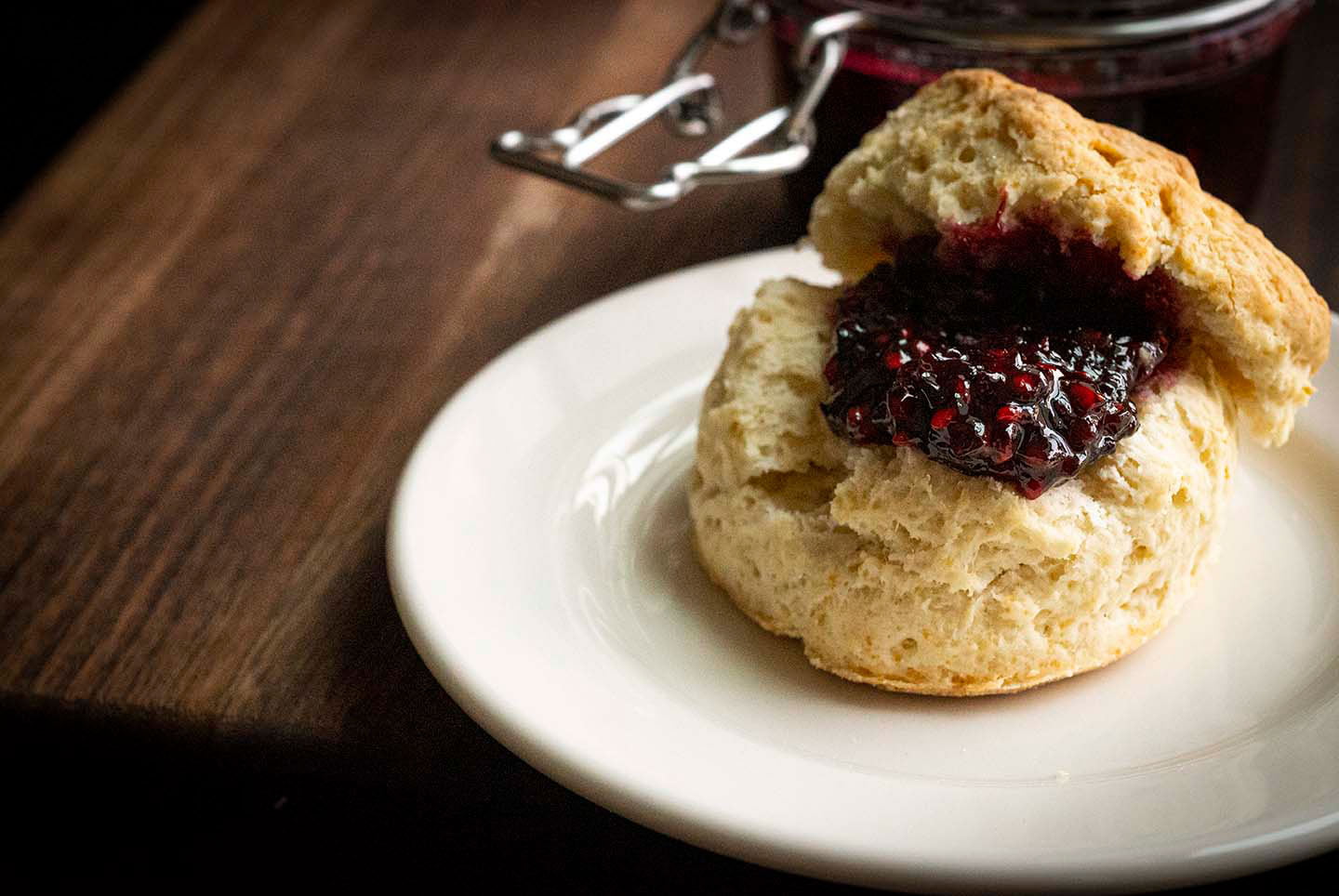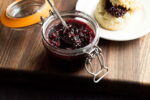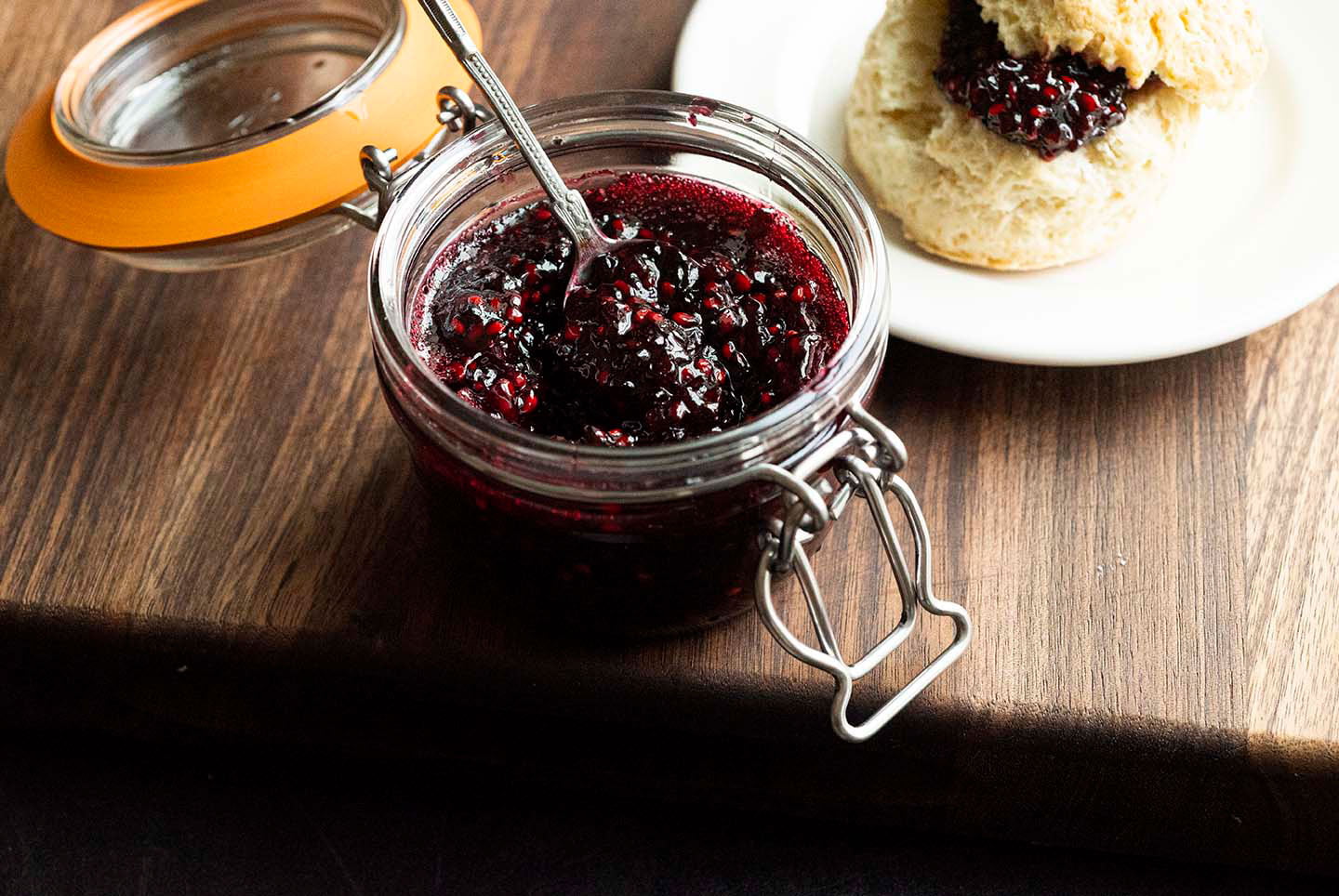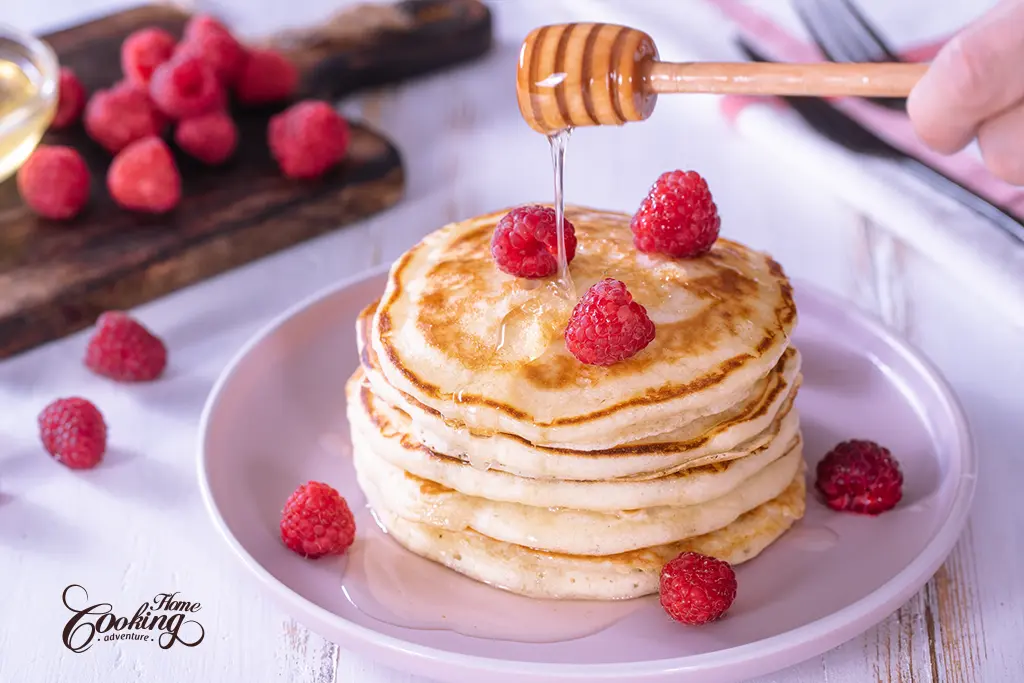Last May, my uncle sent me a picture of a stain of speakers. When I asked where he found them growing, he replied that they were in the northern pasture. It took me a minute, but it slowly became clear to me that my uncle had found this lush plot of berries on my family’s farm. That was quite a surprise.
When I was growing up in Houston, we went to pick speakers in the untrained areas near my house. Since I’ve never seen these wild blueberries in the Dallas area, where my family came from and where I spent the first nine years of my life, I just assumed they were a Southeast Texas phenomenon. We all know, however, what they say about those who assume.
Indeed, when I returned to North Texas a few years ago, I heard reports of people picking up speakers throughout the area – from Waxachi to Sherman and all the points in between. When driving in more rural areas, I would get off the road and look for them in canals, forests and along streams, where you usually come across fruits. But I never came across any.
Then came this fateful message from my uncle (who is famous for his salsa). It was shocking to discover that all this time speakers have been growing up on my family land, which has accompanied us since the 1940s. All my life I have visited our place in Texas and thought I had explored every nook and cranny, but for some reason, I missed this unblushed lump of fruit.
Curious to see them in person, I hopped into my car and drove to Colin County. When I arrived with sandals, my uncle pointed at a row of rubber boots on his back porch so I could easily pass between the strands, thorns and ivy threads – both toxic and benign.
As I made my way through the wayward earth, I looked down, and here they were — small black and dark red lumps of seeds and juice. I picked an extra dark berry that looked ripe and bite. It was juicy, sour and good.
A few days later, my aunt baked a speaker’s shoemaker with their tow. She declared it was the best she had ever had. Fortunately, they chose enough to cook the recipe. Although sometimes when you come across speakers, there may not be a large number, and I started thinking of other ways to preserve what you have. Speaker jam came to mind, because you can make a small batch with just a few ounces.
Making this sweet and sour spread is simple. You toss the berries with sugar, lemon juice and grated, then let them rest for a few minutes so they can become soft and juicy. Then cook the mixture until it becomes thick. Testing with a thermometer or frozen plate will let you know when it is ready. Then you pack it into a jar, let it cool, then drip a tablespoon over a hot biscuit. It’s so good.

If you have not yet found a speaker, you can also make this recipe with blackberries. But keep looking. If you open your eyes, they may surprise you and you will find that this beautiful fruit has been close all this time.
—————
Would you like more Texans to miss home? Well, I started offering more recipes to paid subscribers to help with the running costs of the site. Although I do not take anything, but if you would like to support Homesick Texan and have access to exclusive posts, which have never been seen before for subscribers only, please consider becoming a member; Low annual subscriptions up to $ 25. Thanks for your reading, consideration and support!
—————

Spokes jam
-
2
Cups
(12 ounces) fresh or blackberry speakers -
1
Goblet
Sugar -
1
tablespoon
Fresh lemon juice -
1
teaspoon
Fresh lemon zest -
1
Sterilized liter jar
-
After rinsing, place the strawberries in a pot and then mix with the sugar, lemon juice and lemon zest. Let sit for 15 minutes or until softened and begin to release some juices.
-
Place a plate in the freezer. You will use this later to check the degree of making of the jam.
-
Turn the heat under the pot to medium and mash the berries with a masher. While stirring occasionally, cook until the jam thickens or has reached a temperature of 220 degrees Celsius, about 15-20 minutes. When it is cooked, the jam will get foamy but this is normal.
-
To check if the jam has stabilized, place a tablespoon of it on the plate that was in the freezer. After a few seconds if the jam does not work it is ready.
-
Pour into the jam into the prepared liter jar and refrigerate. It will be kept for one month.
The recipe can be increased or decreased easily, although you will need to adjust the cooking time accordingly.


![Teriyaki Pina Colada Burger [+ Video]](https://ohsweetbasil.com/wp-content/uploads/teriyaki-burger-with-grilled-pineapple-pina-colada-mayo-recipe-4-scaled.jpg)
